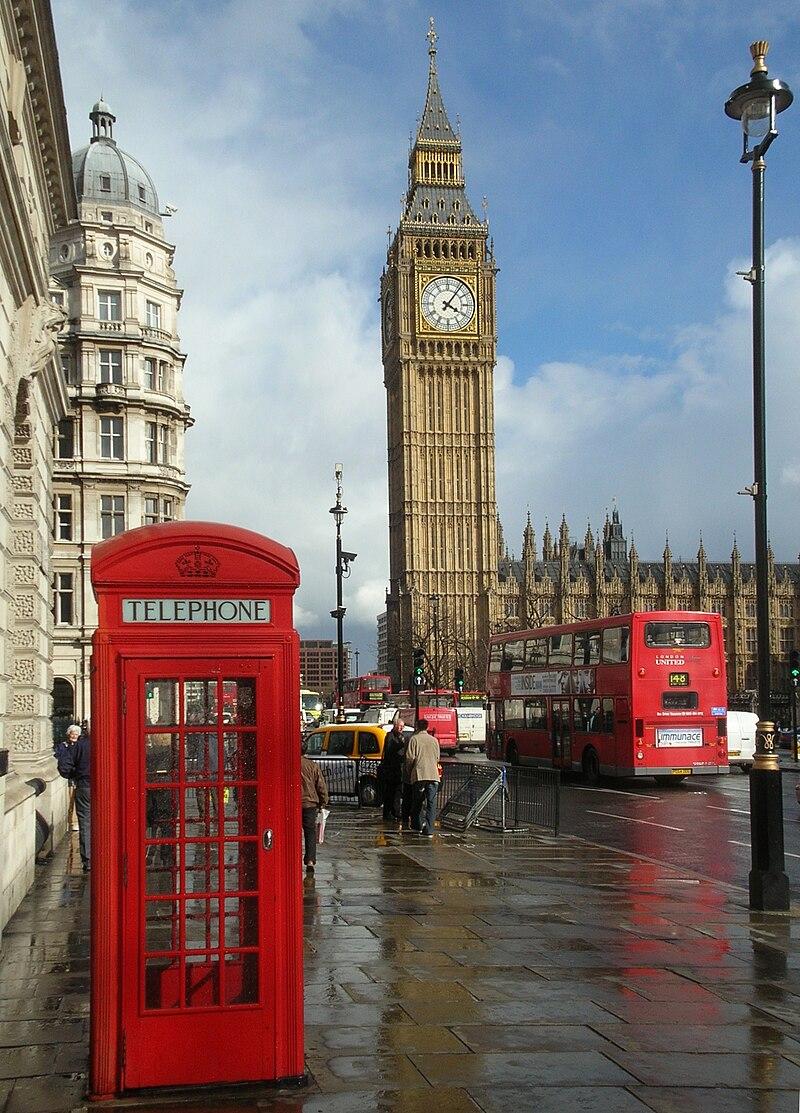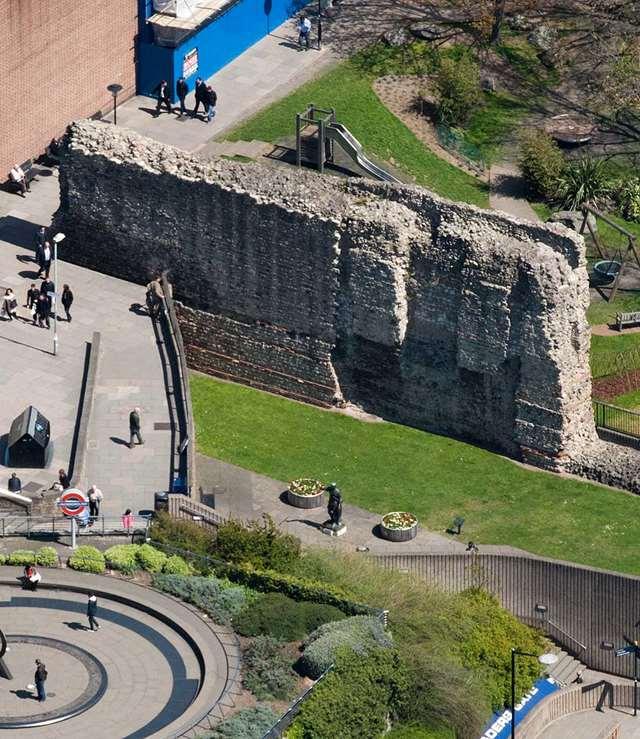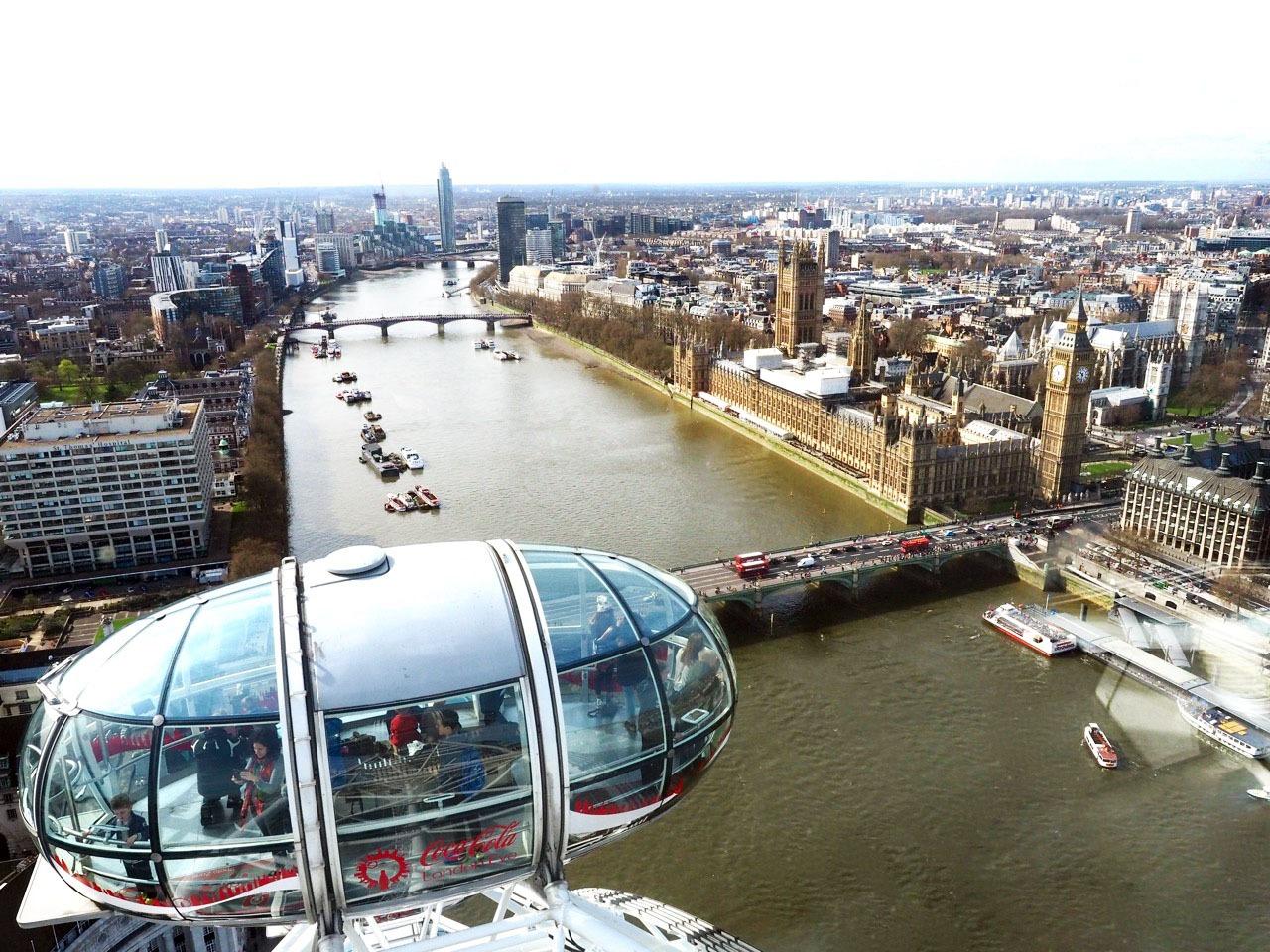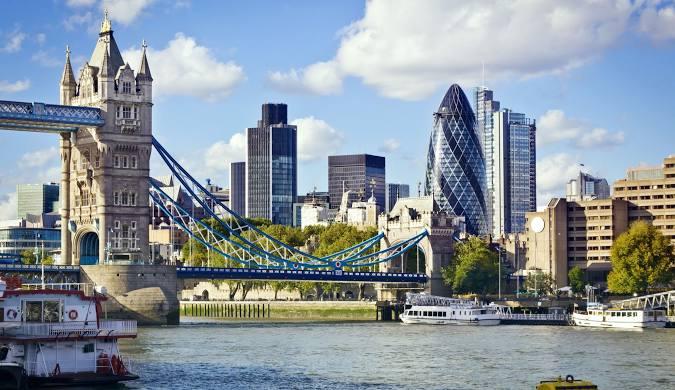LONDON
Introduction:
- It is the largest and the capital of both England and United Kingdom.
- It is situated in South-eastern England.

History:
- Standing on the River Thames, London has been a major settlement for two millennia, its history going back to its founding by the Romans, who named it Londinium.
- Some recent discoveries indicate probable very early settlements near the Thames in the London area.
- London, like Rome, was founded on the point of the river where it was narrow enough to bridge and the strategic location of the city provided easy access to much of Europe.
- Early Roman London occupied a relatively small area, roughly equivalent to the size of Hyde Park. In around 60 AD, it was destroyed by the Iceni led by their queen Boudica. The city was quickly rebuilt as a planned Roman town and recovered after perhaps 10 years; the city grew rapidly over the following decades.
- At some time between 180 AD and 225 AD, the Romans built the defensive London Wall around the landward side of the city. The wall was about 3 kilometres (1.9 mi) long, 6 metres (20 ft) high, and 2.5 metres (8.2 ft) thick. The wall would survive for another 1,600 years and define the City of London’s perimeters for centuries to come. The perimeters of the present City are roughly defined by the line of the ancient wall.

Landmarks:
- Buckingham Palace:
- Buckingham Palace is the official residence of the British monarch. It's a famous landmark in London, known for its grandeur and historical significance.
- Westminster Abbey
- Westminster Abbey is a beautiful Gothic church located in London, England. It is known as the coronation church of the English and later British monarchs, and many famous historical figures are buried there.
- London Eye
- The London Eye is a giant Ferris wheel on the banks of the River Thames in London. It offers panoramic views of the city's iconic landmarks, including Big Ben, Buckingham Palace, and the Houses of Parliament.
- Big Ben
- Big Ben is the nickname for the Great Bell of the clock at the north end of the Palace of Westminster in London. It's a popular tourist attraction and a symbol of the United Kingdom. While often used to refer to the entire clock tower, Big Ben strictly refers to the bell itself.
- Tower of London
- The Tower of London is a historic castle on the north bank of the River Thames in central London. It has served as a royal palace, a prison, a mint, an armoury, and an execution site. Today, it is a popular tourist attraction and a UNESCO World Heritage Site. The Tower is famous for its ravens, which are believed to bring bad luck if they leave the Tower grounds.
- London Bridge
- London Bridge is a famous bridge crossing the River Thames in London. It's a popular tourist attraction and a symbol of the city. The current bridge, built in 1973, is the fourth bridge to stand on the site. It's a modern concrete structure with a distinctive, upward-curving design.


